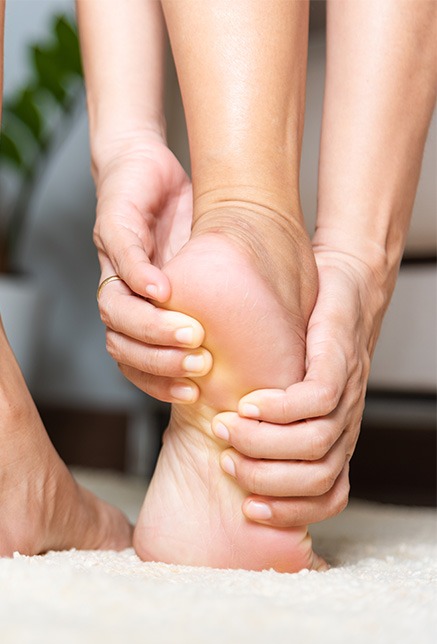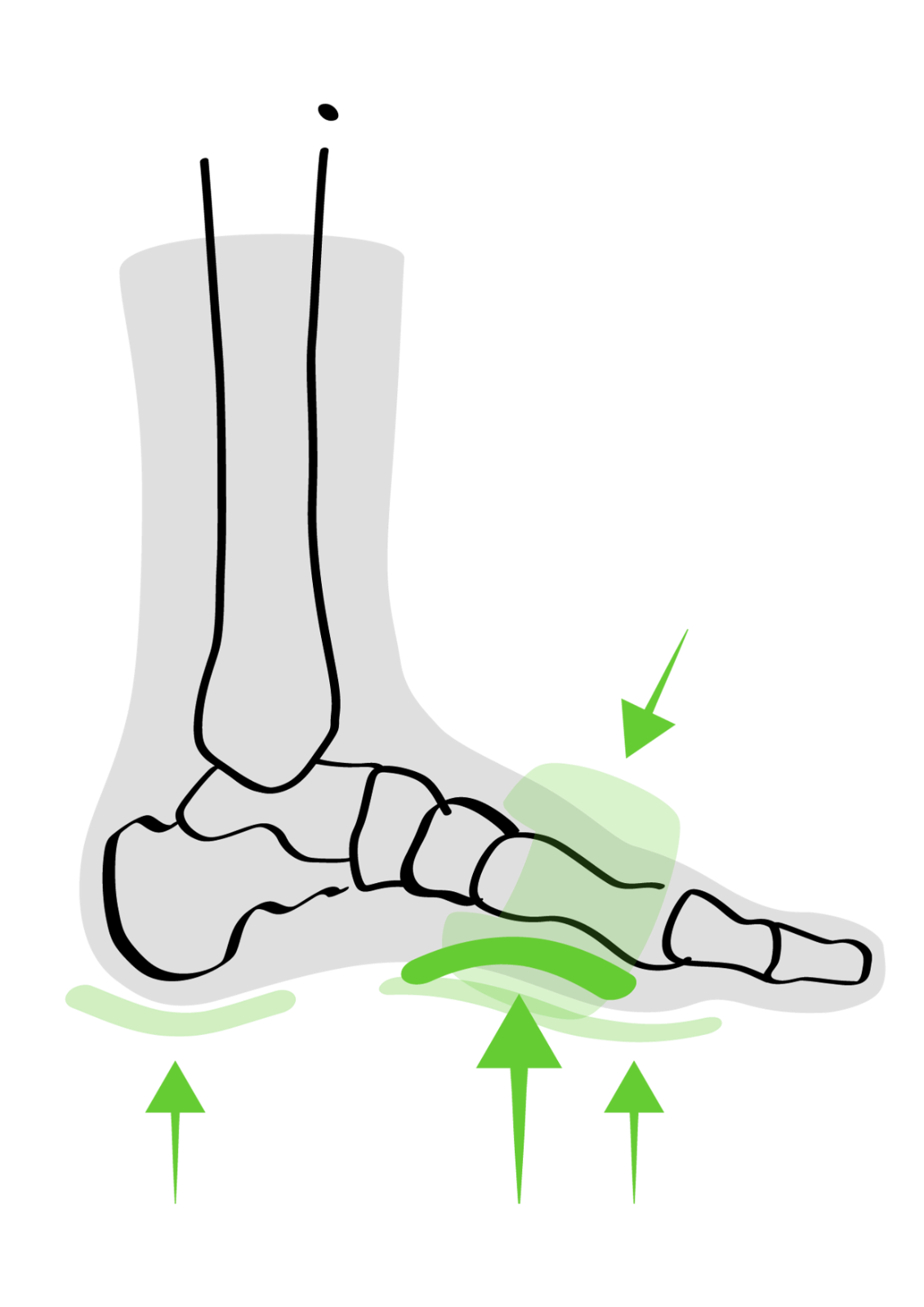No one enjoys being in pain, however, Plantar Heel Pain is one of the most common foot conditions affecting individuals.
Those who suffer from Plantar Heel Pain will likely discover daily pain and discomfort in their feet and heels, limited mobility, an impact on their work and daily activities, disturbances to their sleep, and possibly an emotional impact. It is therefore important to treat Plantar Heel Pain as soon as possible to avoid detrimental effects to an individual's health and quality of life.
So, let’s look at the causes, effects, and treatment for Plantar Heel Pain:












